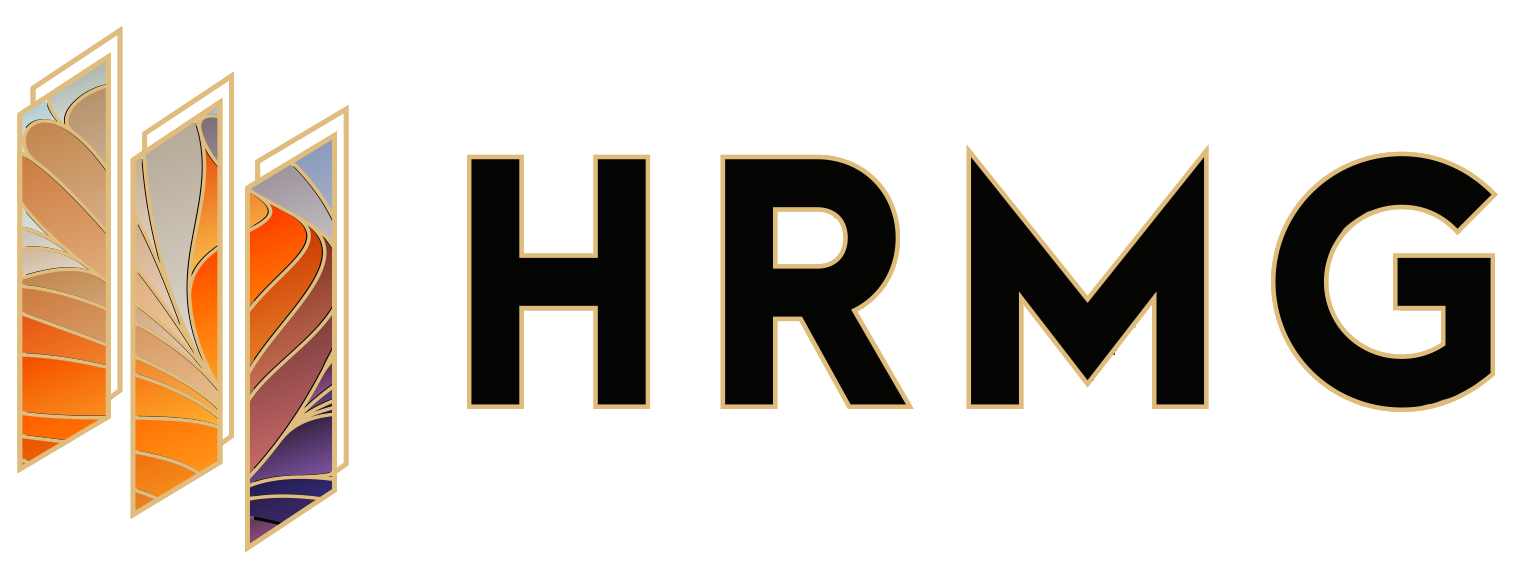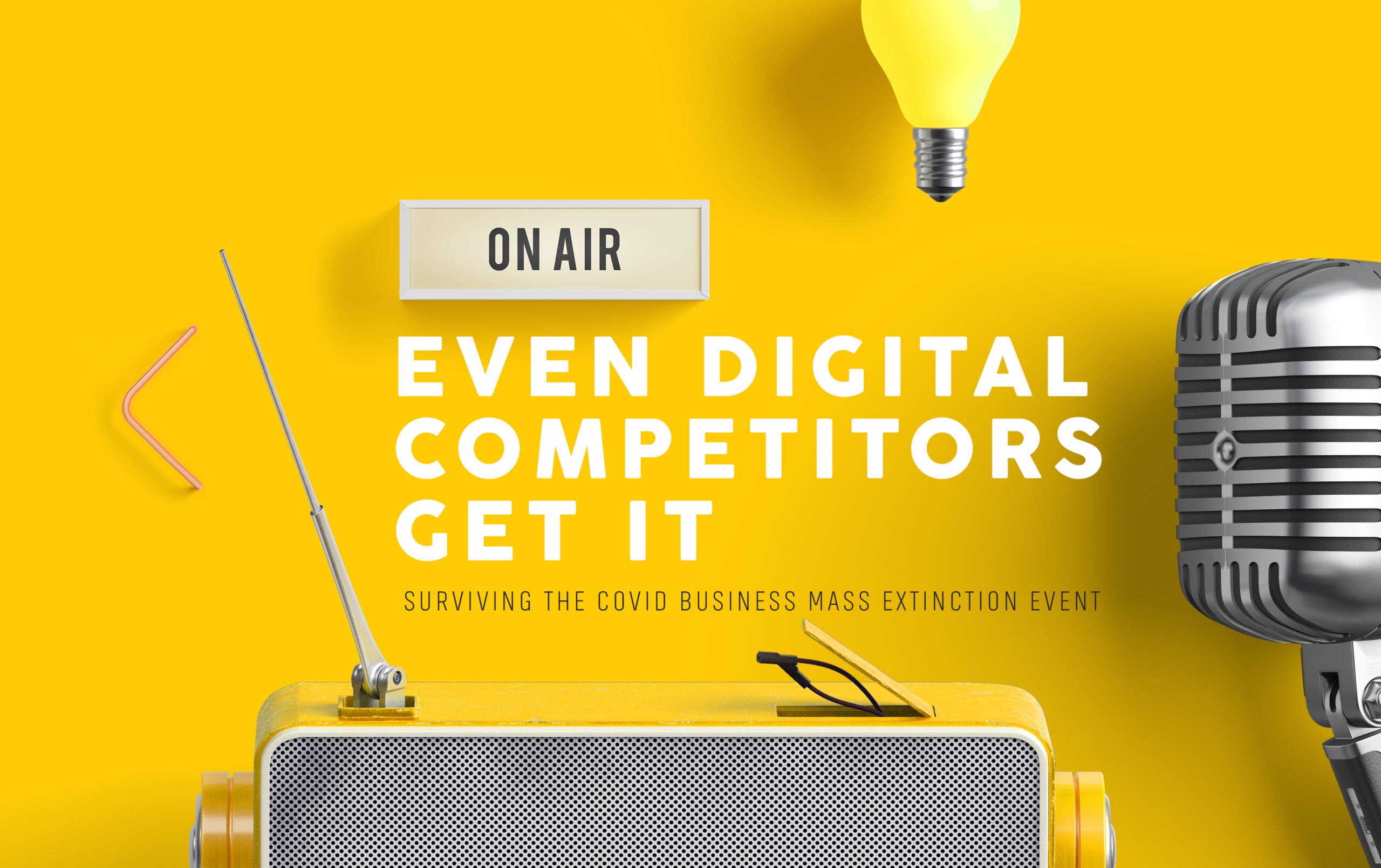I remember the first day our new Market Manager took over at the last major corporate owned radio stations where I worked. Along with the usual introductions, this man looked at me and said something I’ll never forget. “Radio will always have to accept ever lower sales projections because more businesses want the flexibility of digital advertising. As a result, cutbacks are inevitable.”
I was floored. A regional Vice President of one of the biggest radio groups in America stating the obvious. It was very disturbing to me and a turning point in my broadcast career. The statement also proved to be prophetic. As the Covid crisis wiped out advertising sales across almost all sectors of the economy, the impact on traditional radio broadcast advertising was most profound.
On top of that, the Radio Television Digital News Association’s latest survey of 350 radio managers found that declining revenues are the biggest threat to their continued existence. The survey also found that most expect ad revenues to rebound in 2021, but a higher proportion of those dollars will go to digital not traditional broadcasting.
Why is digital advertising so effective? With digital you know exactly who is interacting with your message. You get indisputable metrics which can reliably predict exactly what part of your messaging is most effective. You get geo-fencing so you can target customers who are shopping near your location in real time. You can place your message in precisely targeted digital content with laser precision.
In addition, research cited in the new Netflix documentary “The Social Dilemma” proves that the very nature of digital ad placement has a more persuasive long-term effect on consumer behavior than any other type of advertising with metrics to prove it.
Traditional broadcast messages target broad demographic segments, and the ratings metrics used to confirm who is actually listening or interacting with your message is far from capturing 100% of all listeners.
Being that I come from the tradition broadcast side of the industry, I do a lot of comparisons here between traditional broadcast advertising and the new emerging digital marketing services.
After ownership limits were gutted in the Telecommunications Act of 1997, Private Equity groups and investors that went all in gobbling up every radio station they could find. Many had no idea about the nature or “art” of what made radio valuable in the first place which was personality and creativity. So, it is no surprise that these groups and radio in general were slow to embrace digital marketing.
Early on, many groups gave lip service to embracing digital. Most saw digital as a way to make a quick buck selling ads on streams and websites, but since their business model didn’t even fully staff the radio side of the operation, giving the resources to embracing digital was even lower a priority. At best everything was cookie cutter and centrally focused with little functionality.
Since then, there have been many innovative national digital initiatives embraced by large radio groups as traditional broadcast ad streams have dwindled. The iHeart Digital portfolio including iHeart Radio and their emerging Podcast platform are a bright spot that is being emulated by many other groups in broadcasting.
Looking at these national successes, for me the challenge as a local broadcast manager became: how can we develop a winning digital strategy on the local market level to keep radio competitive in the face of rising digital competition. My answer is that we develop a business model that combines them.
To do this, I didn’t just look for a digital partner for my broadcast business, I looked for a merger of sorts. Given that we know: Each week, more Americans tune in to AM/FM radio than any other platform. What’s more, according to Nielsen’s second-quarter 2017 Comparable Metrics Report, 93% of U.S. adults 18 and older listen to radio every week—more than those watching television or using a smartphone, TV connected device, tablet or PC.
Armed with this knowledge and the built-in advantages of digital marketing plans over traditional broadcast advertising, I came to the inescapable conclusion that the most successful marketing strategies could be attained by building a company that offered both, so why not build a marketing construct that combines full digital services and local podcasts with the reach of radio to amplify and guide audiences to the digital products.
There are numerous media advertising and marketing organizations offering traditional on-air broadcast ads and even more digital companies offering websites and digital marketing. Together, this collaboration offers each an advantage that neither enjoys alone. Enter HRMG. Hi-Res Media Group was the perfect organization to bring the radio-digital partnership to fruition. Their ability to provide high quality website development and hosting, video and photography, marketing and unique, diverse podcasts among others is a combination of services one would be hard-pressed to find anywhere else.
This strategy immediately produced results. After our local radio stations began airing promos for local podcasters, the number of people interacting with those podcasts immediately spiked. That’s what radio can do. Having the best digital products and social media presence plus ads are great, but then slowly waiting for people to discover them can be frustrating. Radio is the perfect partner to drive interaction.
Having a broadcast/digital marketing company not only gives the advertiser the flexibility and convenience of a one stop shop which saves valuable time, it also puts more ad spend dollars into messaging and results and less into commissions and fees to multiple providers.
Covid-19 was an extinction level event for many in the business community. Businesses who survived the first round must seize the initiative with creative marketing solutions that maximize lower budgets in 2021. With HRMG providing an all-in-one digital/broadcast strategy and cohesive packaging, your business can have the best of both worlds.







